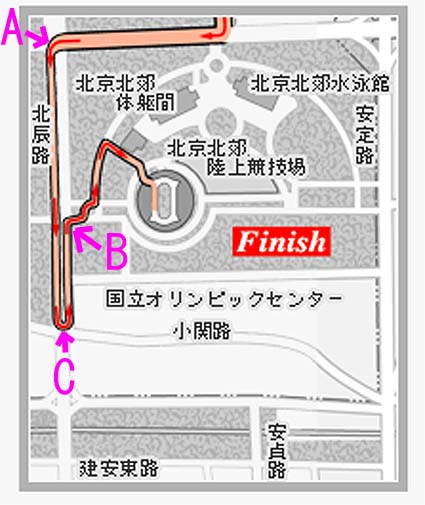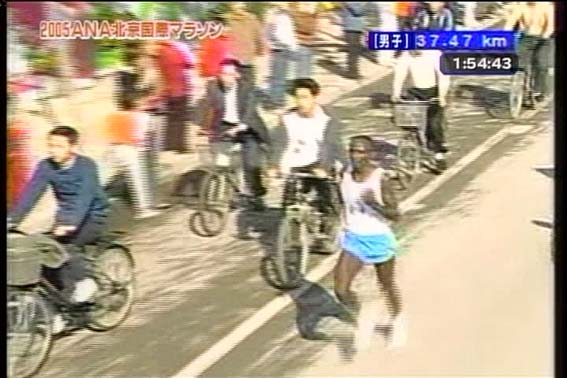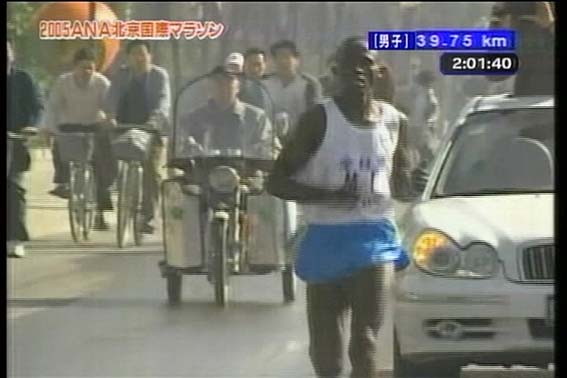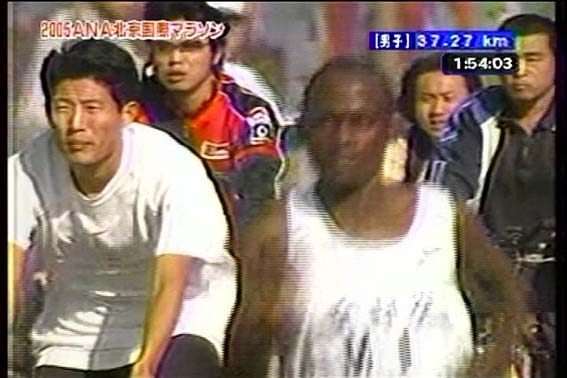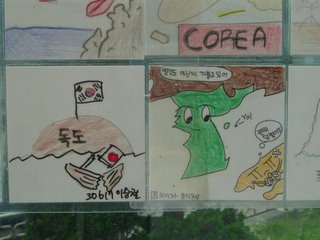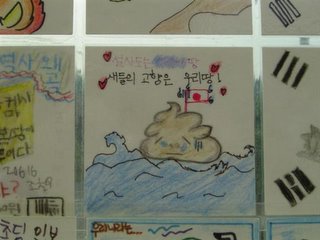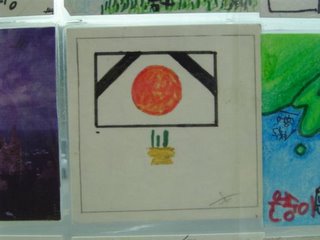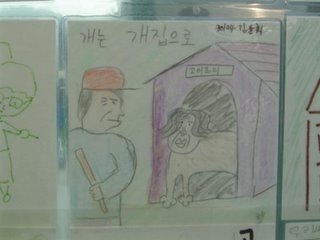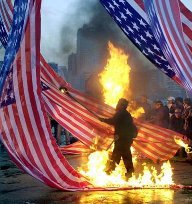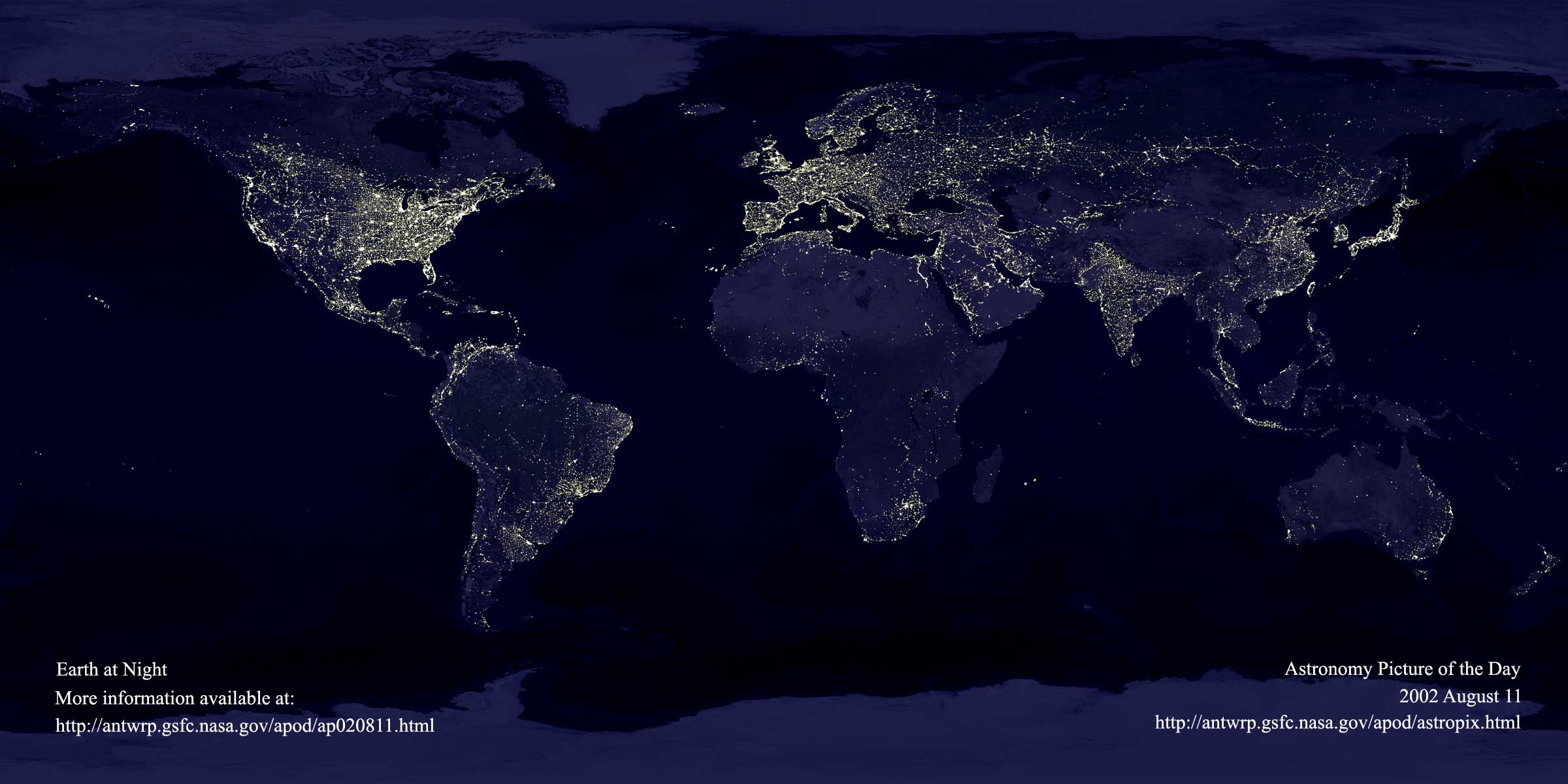The Forein Mass Media sometimes report Korean Boom in Japan.
They report there are Korean booms all over Japan.
But, they are wrong reports.
My daughters who are primary school and junior high school feel bad if Bea, Yong Joon appears in TV. In their schools, Bea, Yong Joon is synonim of scuzzbucket.
Fans for korean parsonalities are narrow middle-aged woman. Japanese Mass Media scream "Korean Boom! Korean Boom!" and they try to brainwash us.
But, Japanese poeple except narrow middl-aged woman fed up with the Mass Media's Fabrication report.
Many Japanese people have sense of mis-trust to MassMedia.(I will write this topic later)
NY times reports a book's reputation. The book's name is Kenkanryuu comics.
ken="hate"
kan="Korea"
ryuu="boom"
So Kenkanryuu means hating-korea boom.
This book is sold over 300,000 copies but
almost Japanse mass media ignore it. There are many anti-Krea books and anti-Chine books in Japanese book store for a long time.
I don't know why
NY times reports only this book regardless of Japanese media ignore the book.This is quite queer phenomenon.
NY times doesn't know the sense of mis-trust for Mass-Media and anti-Korea are same thing.
(I will write this topic's detail later)
-At world cup 2002, Japanse Mass Media hided Krean people's dirty cheers.
-Mass Media appeal Fake korean boom.
...Why Japaneset Mass Media hide Korean's ditry thing and appeal Korean boom even if everyone fed up with it?
We can not believe Mass Media.
I doubt whether the journalist read this book truly. As for this book, the fact is only written regardless of its name.
Following topic is written in the book.
Korean often says Japan should aporogize and compensate to Korea. But,
300,000,000 US dallar dallar was paied to Korea for compansation at 1965 . Japan also abandoned Jpanese property which Japan leave in Korea.
300,000,000 US dallar include compensation for Korean personals. Japan claims personal compensation but Korean goverment insist on compensation in block.
These compasatin and propery which Japan have paied to Korea is amount to over 10,000,000,000,000YEN(convert to Current value).These details are written in Japan-ROK Basic Relations Treaty(1965).
So, Korean people should request personal compensation to Korean Govermaent.
The Korean Goverment have all compensation from Japan.
"All compensation is done." This phorase is written in the treaty.
Korean President and Goverment must know this treaty. But, The President often requset apology and compensation to Japan.
The Korean President ingores International Treaty.Japan aslo has paied ODA money to Korea . Amount of them are
3601,000,000US dallar. ( I will write details later)
If Japan pay personal compensation to Korean people, Korean Goverment should pay back 300,000,000,000,000YEN before personal compensation.
The Japanese Goverment have apologized over 20 times. But I don't why they requiest apology again and again.
Is this a anti-korea topic?
No. The fact is only written.
Europian countries and U.S. had colonies in Asia before WW-II.
Asian countries go independent after WWII but
these old colonial master counties have never apologized and never paied any money to Asian countries. And Europian countries and U.S. send a bill of property which they left to Asian country. Asian countries paied the bill after they independent.
Is Japanese compensation is the worst?
Why Europian countries and U.S. don't pay compensation?
http://www.nytimes.com/2005/11/19/international/asia/19comics.html?pagewanted=1&hp
----BEGIN quotation----
Ugly Images of Asian Rivals Become Best Sellers in Japan
* Sign In to E-Mail This
* Printer-Friendly
* Single-Page
* Reprints
* Save Article
By NORIMITSU ONISHI
Published: November 19, 2005
TOKYO, Nov. 14 - A young Japanese woman in the comic book "Hating the Korean Wave" exclaims, "It's not an exaggeration to say that Japan built the South Korea of today!" In another passage the book states that "there is nothing at all in Korean culture to be proud of."
In another comic book, "Introduction to China," which portrays the Chinese as a depraved people obsessed with cannibalism, a woman of Japanese origin says: "Take the China of today, its principles, thought, literature, art, science, institutions. There's nothing attractive."
Skip to next paragraph
Enlarge This Image
Sharin Yamano/Shinyusha
In "Hating the Korean Wave," a young Japanese woman says, "It's not an exaggeration to say that Japan built the South Korea of today!"
Enlarge This Image
The two comic books, portraying Chinese and Koreans as base peoples and advocating confrontation with them, have become runaway best sellers in Japan in the last four months.
In their graphic and unflattering drawings of Japan's fellow Asians and in the unapologetic, often offensive contents of their speech bubbles, the books reveal some of the sentiments underlying Japan's worsening relations with the rest of Asia.
They also point to Japan's longstanding unease with the rest of Asia and its own sense of identity, which is akin to Britain's apartness from the Continent. Much of Japan's history in the last century and a half has been guided by the goal of becoming more like the West and less like Asia. Today, China and South Korea's rise to challenge Japan's position as Asia's economic, diplomatic and cultural leader is inspiring renewed xenophobia against them here.
Kanji Nishio, a scholar of German literature, is honorary chairman of the Japanese Society for History Textbook Reform, the nationalist organization that has pushed to have references to the country's wartime atrocities eliminated from junior high school textbooks.
Mr. Nishio is blunt about how Japan should deal with its neighbors, saying nothing has changed since 1885, when one of modern Japan's most influential intellectuals, Yukichi Fukuzawa, said Japan should emulate the advanced nations of the West and leave Asia by dissociating itself from its backward neighbors, especially China and Korea.
"I wonder why they haven't grown up at all," Mr. Nishio said. "They don't change. I wonder why China and Korea haven't learned anything."
Mr. Nishio, who wrote a chapter in the comic book about South Korea, said Japan should try to cut itself off from China and South Korea, as Fukuzawa advocated. "Currently we cannot ignore South Korea and China," Mr. Nishio said. "Economically, it's difficult. But in our hearts, psychologically, we should remain composed and keep that attitude."
The reality that South Korea had emerged as a rival hit many Japanese with full force in 2002, when the countries were co-hosts of soccer's World Cup and South Korea advanced further than Japan. At the same time, the so-called Korean Wave - television dramas, movies and music from South Korea - swept Japan and the rest of Asia, often displacing Japanese pop cultural exports.
The wave, though popular among Japanese women, gave rise to a countermovement, especially on the Internet. Sharin Yamano, the young cartoonist behind "Hating the Korean Wave," began his strip on his own Web site then.
"The 'Hate Korea' feelings have spread explosively since the World Cup," said Akihide Tange, an editor at Shinyusha, the publisher of the comic book. Still, the number of sales, 360,000 so far, surprised the book's editors, suggesting that the Hate Korea movement was far larger than they had believed.
"We weren't expecting there'd be so many," said Susumu Yamanaka, another editor at Shinyusha. "But when the lid was actually taken off, we found a tremendous number of people feeling this way."
So far the two books, each running about 300 pages and costing around $10, have drawn little criticism from public officials, intellectuals or the mainstream news media. For example, Japan's most conservative national daily, Sankei Shimbun, said the Korea book described issues between the countries "extremely rationally, without losing its balance."
As nationalists and revisionists have come to dominate the public debate in Japan, figures advocating an honest view of history are being silenced, said Yutaka Yoshida, a historian at Hitotsubashi University here. Mr. Yoshida said the growing movement to deny history, like the Rape of Nanjing, was a sort of "religion" for an increasingly insecure nation.
"Lacking confidence, they need a story of healing," Mr. Yoshida said. "Even if we say that story is different from facts, it doesn't mean anything to them."
---(1/2)end----
The Korea book's cartoonist, who is working on a sequel, has turned down interview requests. The book centers on a Japanese teenager, Kaname, who attains a "correct" understanding of Korea. It begins with a chapter on how South Korea's soccer team supposedly cheated to advance in the 2002 Word Cup; later chapters show how Kaname realizes that South Korea owes its current success to Japanese colonialism.
"It is Japan who made it possible for Koreans to join the ranks of major nations, not themselves," Mr. Nishio said of colonial Korea.
But the comic book, perhaps inadvertently, also betrays Japan's conflicted identity, its longstanding feelings of superiority toward Asia and of inferiority toward the West. The Japanese characters in the book are drawn with big eyes, blond hair and Caucasian features; the Koreans are drawn with black hair, narrow eyes and very Asian features.
That peculiar aesthetic, so entrenched in pop culture that most Japanese are unaware of it, has its roots in the Meiji Restoration of the late 19th century, when Japanese leaders decided that the best way to stop Western imperialists from reaching here was to emulate them.
In 1885, Fukuzawa - who is revered to this day as the intellectual father of modern Japan and adorns the 10,000 yen bill (the rough equivalent of a $100 bill) - wrote "Leaving Asia," the essay that many scholars believe provided the intellectual underpinning of Japan's subsequent invasion and colonization of Asian nations.
Fukuzawa bemoaned the fact that Japan's neighbors were hopelessly backward.
Writing that "those with bad companions cannot avoid bad reputations," Fukuzawa said Japan should depart from Asia and "cast our lot with the civilized countries of the West." He wrote of Japan's Asian neighbors, "We should deal with them exactly as the Westerners do."
As those sentiments took root, the Japanese began acquiring Caucasian features in popular drawing. The biggest change occurred during the Russo-Japanese War of 1904 to 1905, when drawings of the war showed Japanese standing taller than Russians, with straight noses and other features that made them look more European than their European enemies.
"The Japanese had to look more handsome than the enemy," said Mr. Nagayama.
Many of the same influences are at work in the other new comic book, "An Introduction to China," which depicts the Chinese as obsessed with cannibalism and prostitution, and has sold 180,000 copies.
The book describes China as the "world's prostitution superpower" and says, without offering evidence, that prostitution accounts for 10 percent of the country's gross domestic product. It describes China as a source of disease and depicts Prime Minister Junichiro Koizumi saying, "I hear that most of the epidemics that broke out in Japan on a large scale are from China."
The book waves away Japan's worst wartime atrocities in China. It dismisses the Rape of Nanjing, in which historians say 100,000 to 300,000 Chinese were killed by Japanese soldiers in 1937-38, as a fabrication of the Chinese government devised to spread anti-Japanese sentiment.
The book also says the Japanese Imperial Army's Unit 731 - which researched biological warfare and conducted vivisections, amputations and other experiments on thousands of Chinese and other prisoners - was actually formed to defend Japanese soldiers against the Chinese.
"The only attractive thing that China has to offer is Chinese food," said Ko Bunyu, a Taiwan-born writer who provided the script for the comic book. Mr. Ko, 66, has written more than 50 books on China, some on cannibalism and others arguing that Japanese were the real victims of their wartime atrocities in China. The book's main author and cartoonist, a Japanese named George Akiyama, declined to be interviewed.
Like many in Taiwan who are virulently anti-China, Mr. Ko is fiercely pro-Japanese and has lived here for four decades. A longtime favorite of the Japanese right, Mr. Ko said anti-Japan demonstrations in China early this year had earned him a wider audience. Sales of his books surged this year, to one million.
"I have to thank China, really," Mr. Ko said. "But I'm disappointed that the sales of my books could have been more than one or two million if they had continued the demonstrations."
----(2/2)end----
---End quotation---
Mr. ONISHI who are canadian often write anti-Japan report to NY times.....

